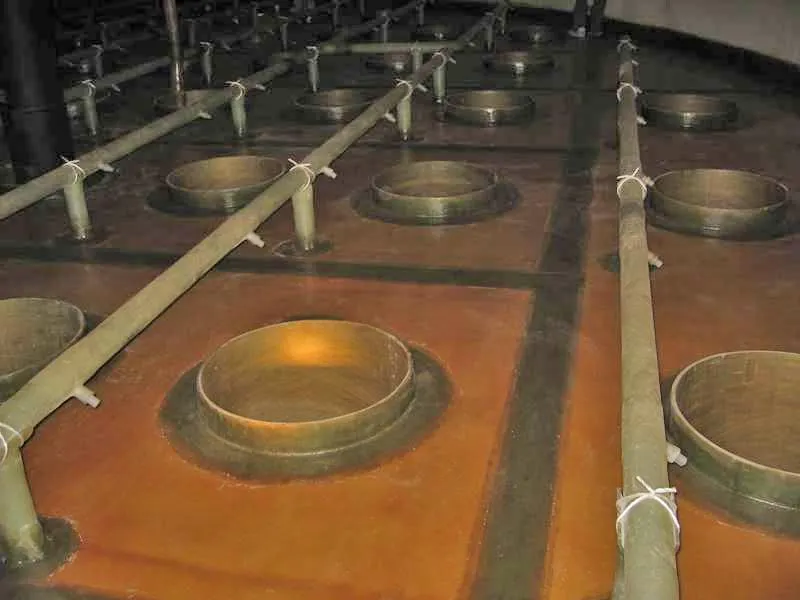
-
 Afrikaans
Afrikaans -
 Albanian
Albanian -
 Amharic
Amharic -
 Arabic
Arabic -
 Armenian
Armenian -
 Azerbaijani
Azerbaijani -
 Basque
Basque -
 Belarusian
Belarusian -
 Bengali
Bengali -
 Bosnian
Bosnian -
 Bulgarian
Bulgarian -
 Catalan
Catalan -
 Cebuano
Cebuano -
 China
China -
 China (Taiwan)
China (Taiwan) -
 Corsican
Corsican -
 Croatian
Croatian -
 Czech
Czech -
 Danish
Danish -
 Dutch
Dutch -
 English
English -
 Esperanto
Esperanto -
 Estonian
Estonian -
 Finnish
Finnish -
 French
French -
 Frisian
Frisian -
 Galician
Galician -
 Georgian
Georgian -
 German
German -
 Greek
Greek -
 Gujarati
Gujarati -
 Haitian Creole
Haitian Creole -
 hausa
hausa -
 hawaiian
hawaiian -
 Hebrew
Hebrew -
 Hindi
Hindi -
 Miao
Miao -
 Hungarian
Hungarian -
 Icelandic
Icelandic -
 igbo
igbo -
 Indonesian
Indonesian -
 irish
irish -
 Italian
Italian -
 Japanese
Japanese -
 Javanese
Javanese -
 Kannada
Kannada -
 kazakh
kazakh -
 Khmer
Khmer -
 Rwandese
Rwandese -
 Korean
Korean -
 Kurdish
Kurdish -
 Kyrgyz
Kyrgyz -
 Lao
Lao -
 Latin
Latin -
 Latvian
Latvian -
 Lithuanian
Lithuanian -
 Luxembourgish
Luxembourgish -
 Macedonian
Macedonian -
 Malgashi
Malgashi -
 Malay
Malay -
 Malayalam
Malayalam -
 Maltese
Maltese -
 Maori
Maori -
 Marathi
Marathi -
 Mongolian
Mongolian -
 Myanmar
Myanmar -
 Nepali
Nepali -
 Norwegian
Norwegian -
 Norwegian
Norwegian -
 Occitan
Occitan -
 Pashto
Pashto -
 Persian
Persian -
 Polish
Polish -
 Portuguese
Portuguese -
 Punjabi
Punjabi -
 Romanian
Romanian -
 Russian
Russian -
 Samoan
Samoan -
 Scottish Gaelic
Scottish Gaelic -
 Serbian
Serbian -
 Sesotho
Sesotho -
 Shona
Shona -
 Sindhi
Sindhi -
 Sinhala
Sinhala -
 Slovak
Slovak -
 Slovenian
Slovenian -
 Somali
Somali -
 Spanish
Spanish -
 Sundanese
Sundanese -
 Swahili
Swahili -
 Swedish
Swedish -
 Tagalog
Tagalog -
 Tajik
Tajik -
 Tamil
Tamil -
 Tatar
Tatar -
 Telugu
Telugu -
 Thai
Thai -
 Turkish
Turkish -
 Turkmen
Turkmen -
 Ukrainian
Ukrainian -
 Urdu
Urdu -
 Uighur
Uighur -
 Uzbek
Uzbek -
 Vietnamese
Vietnamese -
 Welsh
Welsh -
 Bantu
Bantu -
 Yiddish
Yiddish -
 Yoruba
Yoruba -
 Zulu
Zulu
Steel Smelting Plant's GRP Products Overview and Applications
Innovations in GRP Products for Steel Smelting Plants
In the evolving landscape of manufacturing and metallurgical engineering, glass-reinforced plastic (GRP) has emerged as a pivotal material, particularly in the realm of steel smelting plants. Leveraging its unique properties, GRP products are engineered to withstand the harsh conditions inherent in steel production facilities, helping improve operational efficiency and environmental compliance.
Understanding GRP
Glass-reinforced plastic, commonly known as fiberglass, is composed of a polymer matrix reinforced with glass fibers. This combination results in a lightweight, yet extraordinarily strong and durable material. GRP is particularly advantageous in environments characterized by high temperatures, corrosive chemicals, and mechanical wear. Its resistance to corrosion, coupled with high tensile strength, makes it an ideal candidate for applications in steel smelting plants, where steelmaking processes often emit corrosive byproducts and operate at elevated temperatures.
Applications of GRP in Steel Smelting
1. Storage Solutions One of the primary applications of GRP products in steel smelting plants is in the construction of storage tanks and containers. These tanks are critical for storing various fluids utilized during the steelmaking process, including water, acids, and other chemicals. GRP storage tanks are resistant to corrosion, ensuring that the integrity of the stored materials is maintained while minimizing environmental contamination risks.
2. Piping Systems GRP pipes are increasingly being used in the transportation of slurries, waste materials, and chemical solutions in steel smelting plants. Due to their lightweight nature, these pipes are easier to handle and install compared to traditional metal pipes. Additionally, GRP pipes exhibit exceptional resistance to chemical degradation, which significantly extends their lifespan and reduces maintenance costs.
3. Structural Components The construction of structural components such as ladders, platforms, and walkways from GRP can enhance safety and accessibility in steel smelting facilities. These components are inherently non-conductive and do not rust, providing a safer working environment for personnel. Additionally, the lightweight nature of GRP reduces the load on supporting structures, minimizing the need for extensive reinforcements.
Environmental Benefits
grp products for steel smelting plant

The steel industry is under increasing scrutiny to reduce its environmental footprint
. GRP products contribute to this effort in several ways- Reduced Maintenance and Longevity The resilience of GRP against corrosion translates to lower maintenance requirements and longer service life compared to traditional materials. This longevity means fewer replacements and less waste being generated over time.
- Energy Efficiency The use of GRP in piping systems can also contribute to energy savings. For instance, the insulating properties of GRP can help maintain the temperature of transported fluids, reducing energy losses in various processes.
- Lower Emissions By utilizing GRP for waste management systems, steel smelting plants can enhance their ability to manage and treat hazardous byproducts, leading to lower emissions and improved compliance with environmental regulations.
Future Trends
The future of GRP products in steel smelting plants looks promising as technological advancements continue to unfold. Innovations in manufacturing processes, such as 3D printing and improved fiber technology, are expected to enhance the performance characteristics of GRP, opening new avenues for application.
Furthermore, as the push for sustainability gains momentum, research into bio-based resins and recycled glass fibers is likely to increase. This shift could lead to the development of greener GRP products that align with the circular economy principles, reducing reliance on virgin materials and minimizing waste.
Conclusion
In conclusion, GRP products are revolutionizing the steel smelting industry by providing durable, efficient, and environmentally friendly solutions. As steel plants continue to face challenges related to corrosion, safety, and environmental compliance, the adoption of GRP can play a crucial role in addressing these concerns. The ongoing innovation in GRP technology promises to further enhance the resilience and functionality of these products, making them indispensable in the future of steel production. Embracing these advancements not only fosters operational excellence but also supports the broader mission of sustainability in the global metals industry.









